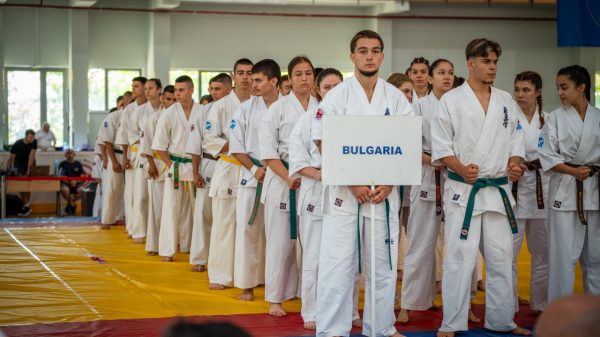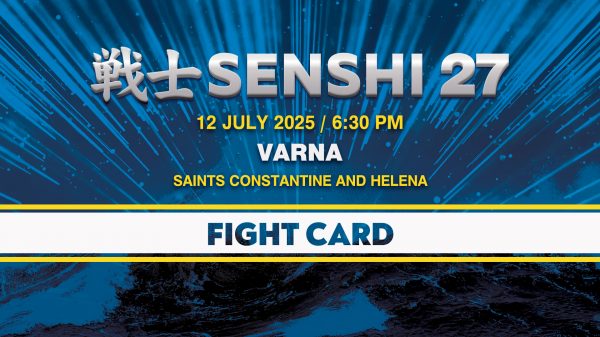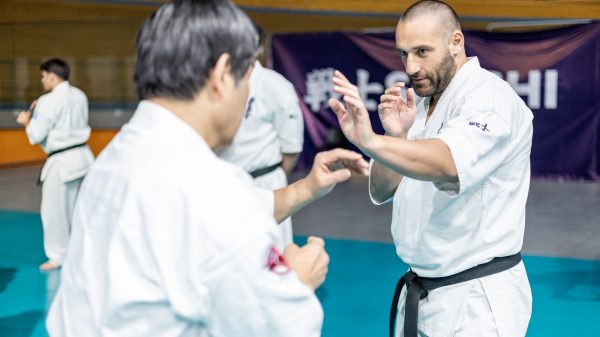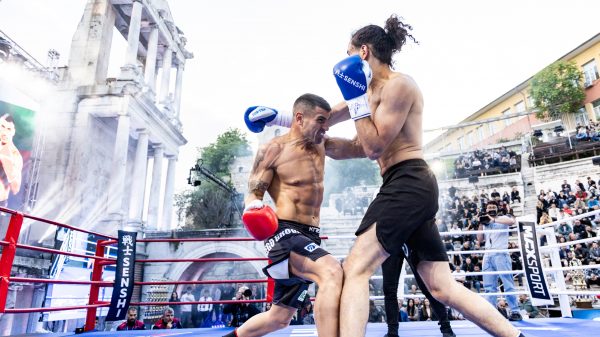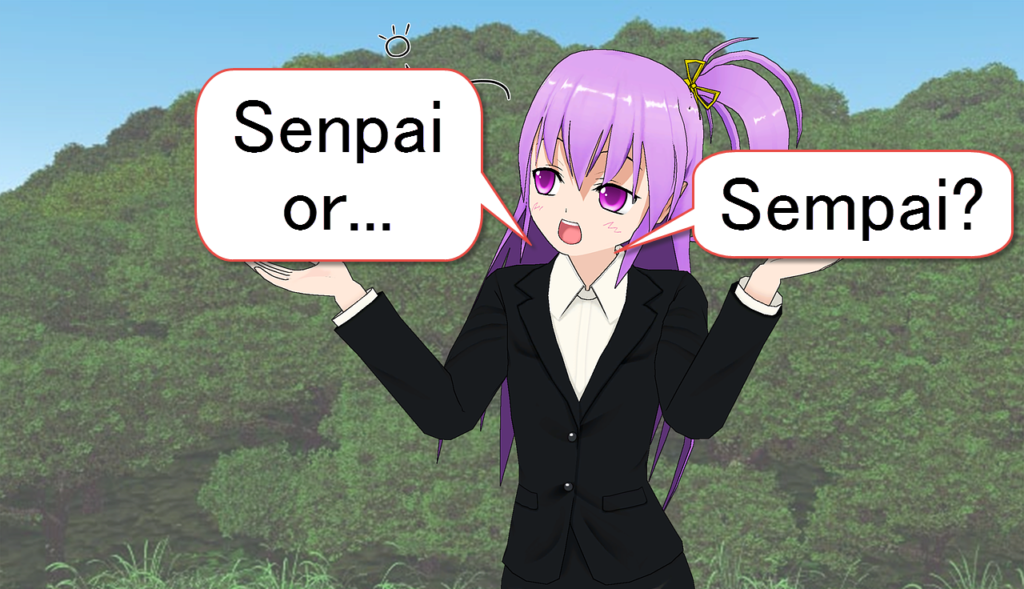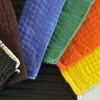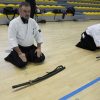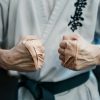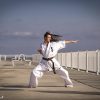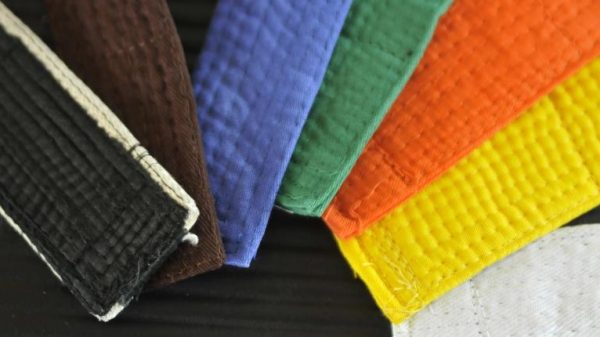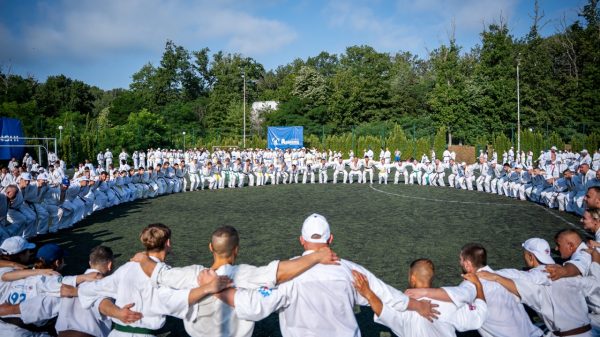Which is right?!
In written English you might have noticed with “せんぱい” the Japanese hiragana character “ん” sometimes gets written as “n,” like in “senpai,” while other times it is written as “m,” like in “sempai.”
As a reminder, Senpai (せんぱい – or kanji 先輩) – [sem pi] is someone who is of a higher social standing, such as an upperclassman or upperclasswoman, someone of a higher age, or senior in rank. Sem or 先 means early, in advance, first, or prior. Hai, 輩 means fellow, person, colleague, or people.
The English spelling of Japanese words is approximations and “Senpai” is ALWAYS a correct and proper English spelling for the Japanese from which Senpai is derived.
Because of “mosaic nasals” sometimes n’s sound like “m’s” or go unpronounced altogether.
The correct romaji translation is senpai because there is no stand-alone “m” in Japanese. Confused yet?! (Romaji is the use of the English alphabet to spell Japanese words.)
Because there is no “m” in Romaji, the letter “n” is used as a substitute.
In Japanese, senpai is spelled せんぱい. The Japanese Kanna ん corresponds with the romaji “n”. The only kana representing m sounds are maま, miみ, muむ, meめ, and moも. However, phonetically senpai is pronounced like seMpai. So, it is not phonetically wrong to spell sempai, but the proper spelling is senpai.
Look at how some of the following are written in Japanese and then how we should accurately transliterate them (i.e. write them out in English letters).
Example. The popular Japanese dish with a peculiar name: 天麩羅 ・天ぷら (てんぷら)
According to the hiragana: Tenpura is the correct spelling but the correct translation phonetically is “TeMpura”!
My former martial art is another example, Kenpo. Again, It is “technically” not correct to spell kenpo with an “m” because “mp” does not exist in the Japanese language, and when written in Japanese, the letter “m” must always be followed by a vowel. “N” on the other hand, as stated earlier, is the only English letter that is not represented by a syllable in Japanese. So, it should never be Kempo, only Kenpo, but always be pronounced keMpo! LOL Confusing no!?
Another example is Honbu -本部(Headquarters). Honbu is how it is written, and HoMbu is how it is pronounced. It is confusing as they look / sound so similar.
In closing, no matter how they are spelled, they should always be translated phonetically as seMpai, hoMbu, teMpura, keMpo, the spelling is always with an “N”…. but it should always be practiced as The Society of the Ultimate truth! Kyokushinkai!
Article by: The Martial Way





